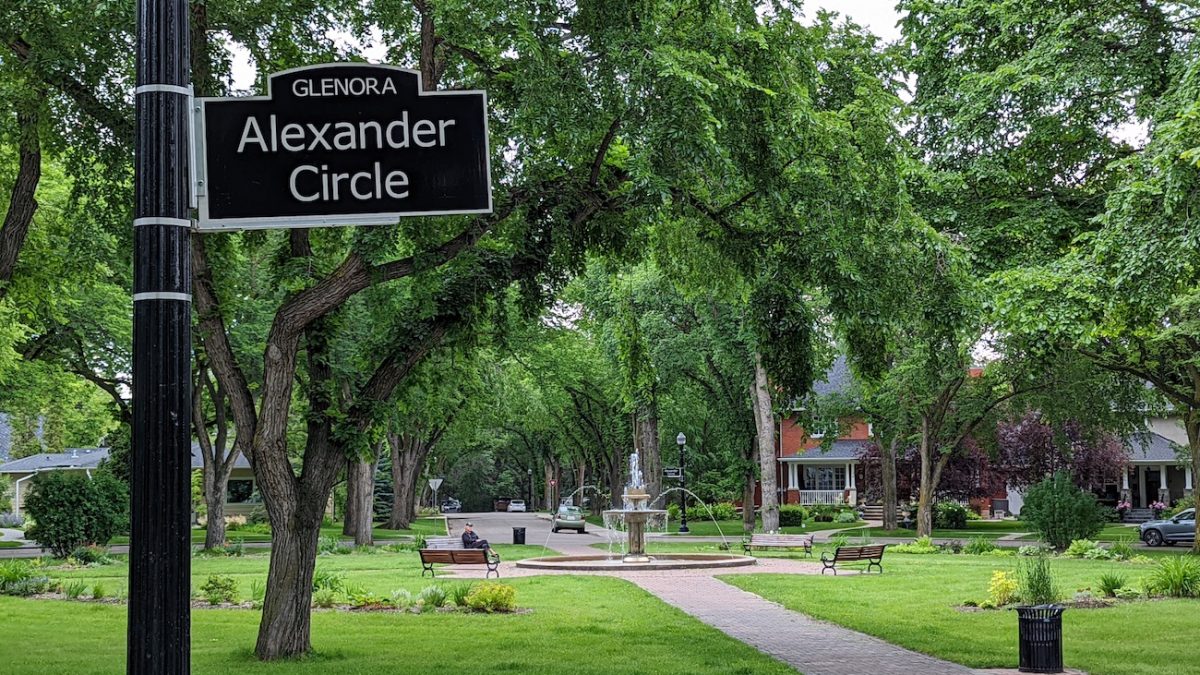Glenora continues to play by its own rules as the city weighs the conservation of a picturesque neighbourhood against a growing need for infill.
Council shot down a motion from Andrew Knack in March that would have encouraged protection of the neighbourhood’s historic character as a tradeoff for allowing more density through customized Direct Control (DC1) zoning.
In a push and pull that has frustrated local councillors for decades, the motion was opposed by infill advocates who argued it falls way short of Edmonton’s density goals.
“If (Glenora residents’) primary objective is preservation, they have to be willing to give up on some of those other things that also they might have cared about,” says Knack, whose constituency includes Glenora.
"...we have this caveat that we can’t get rid of that says as long as one Glenora resident wants to enforce it, they can sue people who try to do something — no matter what our zoning says."
While some residents of the affluent community still oppose subdivisions, secondary suites and basement suites, Knack says some are excited to add density – even small apartments – so long it doesn’t disturb the aesthetic.
“If somebody bought one of the giant homes that exist there – a 5,000 or 6,000-square-foot home – and converted that into a 12-unit apartment building, but still has all of the same look on the outside … If the goal is heritage preservation, who cares how many people live in the building?” Knack says.
Not even a bylaw can force change in Glenora, however. That’s because a unique pre-First World War caveat effectively overrides city zoning and allows residents to sue each other for adding onto their properties. The Carruthers Caveat was implemented in 1911 by developer James Carruthers to enforce minimum house prices and other restrictions, ensuring only the wealthy could live in the community. In 2014, courts actually forced a Glenora couple to back down from plans to build a secondary suite.
“It’s a tricky thing; what do you do?” city planner Erik Backstrom asks. “In a city where we have policy that calls for densifying our city, we have developers who are now organized to try to facilitate that, we have this caveat that we can’t get rid of that says as long as one Glenora resident wants to enforce it, they can sue people who try to do something – no matter what our zoning says.”
Former councillor Scott McKeen worked on the DC1 zoning proposal for two years before council paused it last summer. McKeen’s former ward included Glenora, before they were renamed and realigned ahead of the 2021 municipal election. At the time, the Infill Development in Edmonton Association wrote a letter opposing the plan, saying the DC1 “eliminates nearly all opportunities for infill and densification in the area.” Knack’s motion asked for the work to restart in a way that would recognize equity concerns and push harder for density.
There is a sense among some officials that the city should focus on less affluent neighbourhoods with historic characteristics, like Inglewood and Calder, rather than Glenora, where people seem largely disinterested in Edmonton’s generous historic designation grant program.
The grants offer 50 per cent of renovation costs for homeowners who agree to the designation, up to $100,000 per home. But as the lots continue to climb in value, only three of the 137 homes on the Heritage Inventory have agreed to historic designation. Meanwhile, at least nine Glenora homes on the inventory have been demolished since 2017.
Further convoluting matters, Glenora does not have a homogenous or easily defined architectural style. Unlike Westmount and Garneau, Glenora has developed gradually. Its style is defined less by the look of its houses, then, and more by its Garden City Suburb design: manicured green spaces, large lots with deep setbacks, and curvilinear streets.
“How do you avoid wrecking this hard-to-define thing? Well, you leave things pretty much the way they are,” Backstrom says.
The city might hold more sway over Glenora residents once it overhauls its zoning and heritage strategies, both of which are already underway with a focus on equity and density.
With lofty transit-oriented development goals set on paper, and the West LRT going straight through Glenora on Stony Plain Road, it may only be a matter of time before something has to give.
Knack, however, is tired of waiting.
“I’m just worried about adding another three or four more years before starting to see tangible action taken,” he says. “We’ve done report after report after report, and it doesn’t feel like we’ve actually done anything with those reports.”
Savvy AF. Blunt AF. Edmonton AF.




